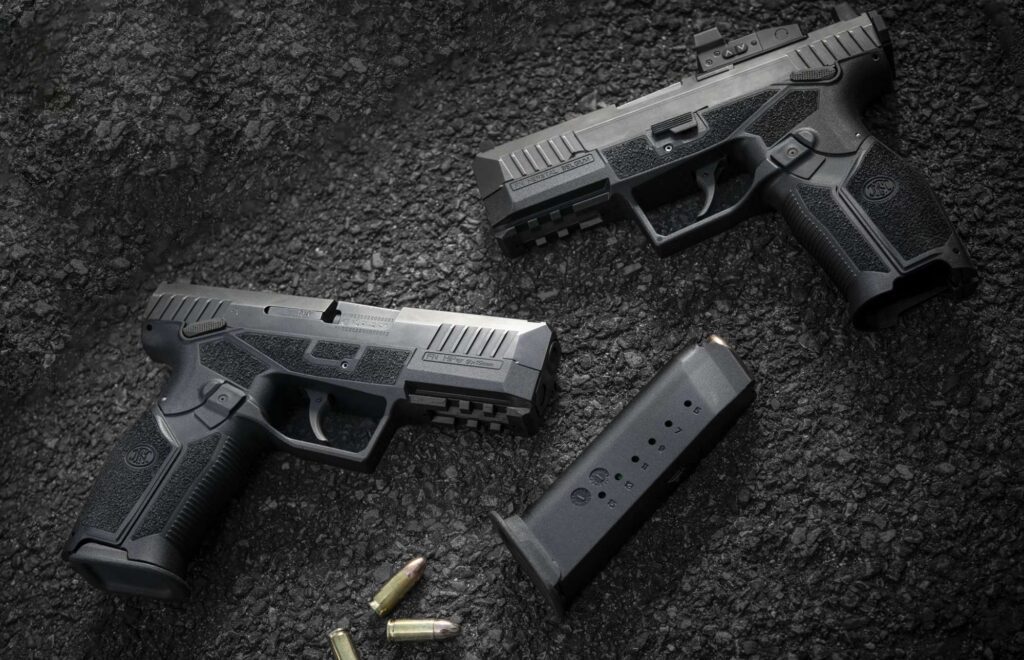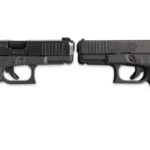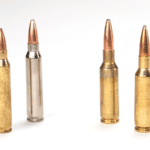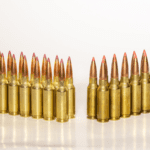Explore the history and technology behind personal defense firearms, from the earliest flintlock pistols to today’s advanced handguns.

Historical Background
Early Firearms for Personal Defense
Firearms have long been linked to personal defense. Early models like the 17th-century flintlock pistols were simple yet revolutionary, improving defenders’ chances significantly.
Notable Early Handgun: The Colt Paterson revolver, introduced in 1836 with its novel revolving cylinder, marked a significant improvement in firearm reliability and speed.
Societal and Legal Influences
The perception and regulation of firearms have evolved greatly over the centuries. In the 19th century, American laws began to reflect a more permissive stance on self-defense, a shift from stricter English laws.

Modern Developments
The Rise of Modern Handguns
Transitioning into the 20th century, personal defense saw a major transformation with the introduction of semi-automatic pistols. These handguns offered a better rate of fire and increased magazine capacities, making them more effective than their predecessors.
Key Advancement: The Glock 17, introduced in 1982, revolutionized handgun design with its polymer frame and striker-fired mechanism, features that are now common in modern personal defense weapons.
Technological Innovations
Today’s handguns incorporate advanced safety features and ergonomic designs to enhance user safety and effectiveness. Innovations such as fingerprint sensors and smart gun technology that allows only recognized users to fire the weapon are setting new standards in firearm safety.
Comparison and Trends
Effectiveness and Usability
Modern handguns are generally more reliable, easier to use, and more effective in a personal defense scenario compared to historical firearms. They are also often lighter and more compact, making them easier to carry discreetly—crucial factors in personal defense.
Popularity Trends
Concealed carry has become increasingly popular as legal restrictions have loosened in many parts of the world, reflecting a societal shift towards personal responsibility and protection. Smart guns, although controversial, represent a growing interest in combining technology with safety in firearms design.
Conclusion
The evolution from flintlock pistols to modern semi-automatic handguns illustrates a broader trend towards increasing personalization and technological integration in personal defense tools. This historical perspective not only helps us appreciate the technological advancements but also the shifting paradigms of what it means to feel safe and be protected.
Engage with Us
Do you prefer traditional firearms or modern handguns for personal defense? Share your thoughts in the comments below or on our social media channels. If you found this post informative, consider sharing it with others who might appreciate a deeper understanding of personal defense weapons through history.







